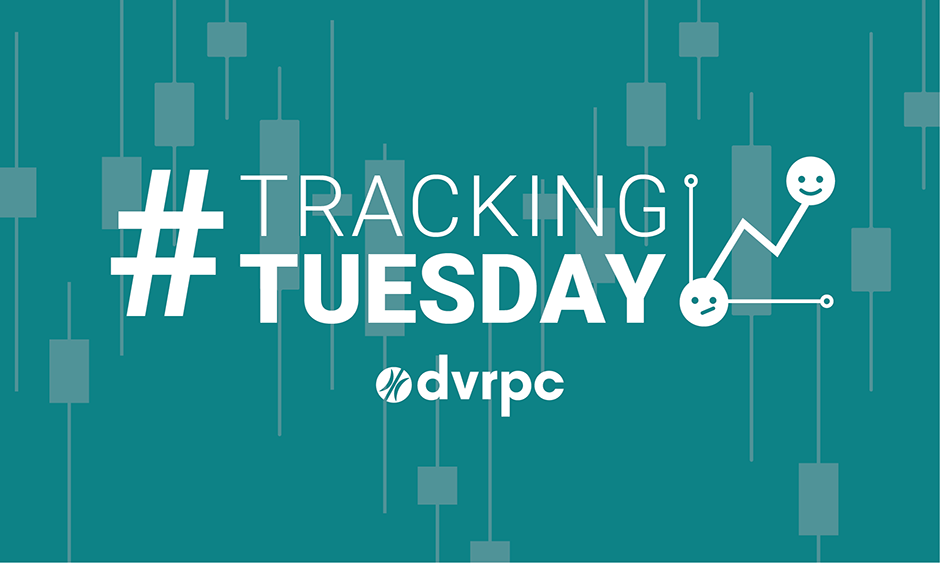
April 22, 2025
Newly released water quality data shows the percentage of the region’s waterbodies attaining water quality standards for aquatic life declined by 2.8% from 2014 to 2022. Explore the region’s water quality data in today's #TrackingTuesday.
Clean water is important for supporting the physical and mental health of the region’s residents and the well-being of the region’s animals, plants, and trees. Better water quality can also open access to more outdoor recreation opportunities. Improving and maintaining the region’s water quality is a goal of Connections 2050, DVRPC’s long-range plan for Greater Philadelphia.
Water quality data from the Departments of Environmental Protection of Pennsylvania and New Jersey shows the percentage of the region’s waterbodies attaining water quality standards for aquatic life declined from 26% in 2014 to 23.2% in 2022, a 2.8% drop. The current biological assessment protocols were first used in 2014, and data was last released across both states in 2022. The region’s Pennsylvania counties saw the larger decrease, going from 38.7% in 2014 to 32.5% in 2022, a 6.2% drop. This is compared to New Jersey, which went from 13.2% in 2014 to 12.8% in 2022, a 0.4% drop. For more details on water quality trends in the region, go to the “How are we doing?” tab in the Water Quality Indicator.
Improving water quality requires addressing both point and nonpoint sources of pollution. Addressing nonpoint source pollution in particular requires a wide range of strategies including protecting and restoring forested headwaters, maintaining healthy riparian buffers along creeks and streams, protecting and restoring naturally functioning floodplains, and managing stormwater in suburban and urban locations through a variety of nature based techniques. Examples of these techniques include replacing manicured lawns with warm season meadows, installing rain gardens and tree trenches to soak up runoff from roads and parking lots, and green roofs. Municipalities can help protect water quality by enacting and enforcing local stormwater ordinances or by establishing maximum impervious coverage and parking standards.
Want to download the data for your own use? Under each chart, find a link to the data in DVRPC’s Data Catalog. You can also explore other indicators in Tracking Progress, DVRPC’s interactive dashboard for exploring Greater Philadelphia’s progress toward the Connections 2050 regional vision.